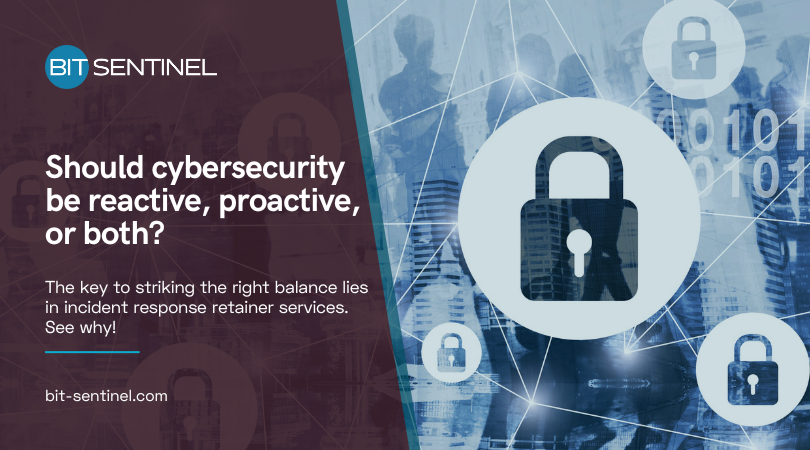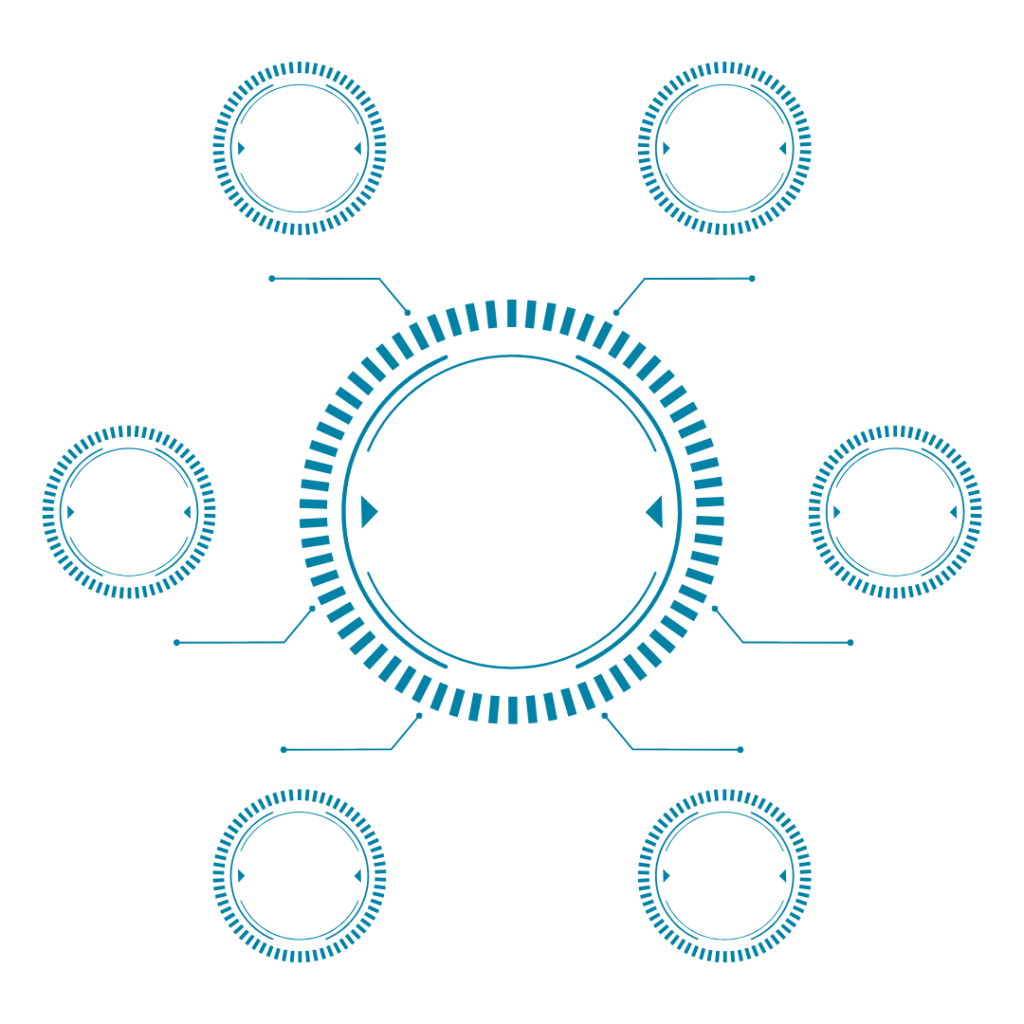Breaches happen.
No matter how much we’d like to fend that though off, all of us are moving targets within the online environment. Top that with the constant improvements in hackers’ schemes and tools and you get the recipe for the perfect cyber attack.
In the face of the inevitable, one key question stands out: is it better to be prepared before a breach occurs or or to focus on having a strong response plan for when the breach happens?
Our honest and simple answer for this is “why not both”? The key to striking the right balance lies in incident response retainer services. Let’s see why.

The reality is that many companies still rely on a reactive only approach. Businesses focus on containing and recovering from an attack after it happens. You’d ask yourself why? Well, “because it cannot happen to me” – remember this classic answer?
At the other end of the spectrum, some organizations opt for a more proactive strategy. Leading teams prefer to make sure they are well prepared long before an incident occurs and focus all their efforts to strengthen defenses.
But the real power lies in combining both strategies – together, they create a far more effective defense than either one alone. A balanced cybersecurity strategy doesn’t have to be costly or complicated. It just needs to integrate both pre-incident readiness and rapid response.
One of the most effective ways to achieve that is through an incident response retainer from a trusted cybersecurity provider. Let’s take a quick look at why relying solely on either reactive or proactive cybersecurity isn’t the best approach and how your business can benefit from an incident response retainer.
Going traditional: reactive incident response
For years, organizations have treated cybersecurity incidents like natural disasters: unexpected, unavoidable, and requiring immediate crisis management. Going deeper with this analysis, we’ll see that the reactive model usually involves:
- identifying the breach after it happens – experience has taught us that this often happens too late;
- engaging an external team at the last minute – in this case, valuable time is lost in contract negotiation and expert onboarding instead of actually minimizing the impact;
- experiencing extended downtime and financial losses while a response team scrambles to understand your business, infrastructure, and resources.
To put it in other words, this approach increases response time on one hand, and on the other it raises unnecessary costs. According to IBM’s Cost of a Data Breach Report, the global average cost of a data breach in 2024 reached its highest level ever – a 10% increase from last year. Notably, 75% of this rise was driven by lost business and post-breach response costs.
The shift towards proactive cybersecurity measures
In recent years, organizations have started working on their cybersecurity strategies to emphasize proactive defense measures. This approach was thought to minimize risks before an attack occurs, as several factors have contributed to its growing popularity among businesses:
✔ threat intelligence: organizations can adjust their defenses accordingly by continuously monitoring emerging threats. Threat intelligence builds anticipation and helps businesses take preventive measures before attacks materialize.
✔ security assessments: think about vulnerability scans, penetration testing, and risk assessments. Each of these activities help organizations identify weaknesses in their own systems before attackers do, which means that organizations can patch these flaws and fortify defenses.
✔ tabletop exercises and cyber drills: these are simulated scenarios where organizations practice responding to cybersecurity incidents in a controlled environment. Such exercises may have more than one premise: organizations can test their readiness or they refine their incident response plans. In the end, there is one major objective: to prepare teams to respond quickly and effectively when an actual attack happens.
✔ predefined escalation procedures: the best thing you can do during a crisis is to eliminate all signs of confusion. Well-established procedures that have been developed in advance of a breach may help teams know their role and the necessary steps they need to take to contain the potential damage.
In conclusion, proactive measures go beyond timely threat detection. It’s important that organizations stand prepared in the face of the actual attack (remember, it’s always a matter of “when”, not “if”, as nothing is ever 100% secure), safeguarding continuity reducing the overall cost of the attack.
Get the perfect mix: blending proactive & reactive cybersecurity
Proactive and reactive cybersecurity measures are often seen as distinct approaches, largely because they are applied at different stages. However, real-world cases have shown that they are more complementary than separate. Proactive and reactive measures work best when integrated into a unified security strategy.
Simply put, they are more effective when they function together rather than in isolation. Proactive cybersecurity focuses on readiness. Reactive cybersecurity ensures that when an attack does happen, the organization can detect, contain, and recover quickly, thanks to the well-established plans put in place through proactive measures.
One of the most effective ways to successfully blend the two is through an incident response retainer.
You could say that an incident response retainer provides the best of both worlds: it ensures businesses are prepared in advance and also receive immediate support when a crisis strikes.
With an incident response retainer, organizations will benefit from:
- Immediate and direct access to cybersecurity experts, with guaranteed (24/7) response times: this ensures a fast reaction to threats before they escalate. There is no need for organizations to search for an incident response team during an emergency because their trusted security partner is already in place. There will be no waiting or delays. The dedicated team will be ready to assist the moment an incident is detected.
- Reduced downtime & financial loss: with a dedicated team that can handle threats hands on, organizations can mitigate operational disruption and minimize the cost of cyberattacks easier.
- Faster recovery & containment: the response is service level agreement-backed which guarantees a specific response time and resolution timeframe. Thus, threats are neutralized promptly and faster.
- Proactive cyber resilience: organizations can choose to use their retainer hours for tabletop exercises, risk assessments, and training for their own internal teams. This will get them ready to prevent attacks before they happen.
- Customized response playbooks: access to retainer implies that the team involved will tailor response strategies to align with an organization’s unique risk profile and business needs.
- Prepaid security hours: an organization can choose to use these for proactive services like security assessments, attack simulations, and forensic investigations.
Forget about the inefficient, traditional break-fix model.
Cybersecurity is an ongoing effort, not just a reaction to an emergency.
The business case: your company needs an incident response retainer
Because…
… of how we started our article: “breaches happen”. And you need to be prepared;
… of the regulatory landscape: NIS2, GDPR, and other frameworks mandate organizations to have proper incident response capabilities. Failing to meet these requirements can lead to significant fines and reputational damage;
… working with dedicated cybersecurity experts can ensure access to more cybersecurity services: managed detection & response, web application testing, red teaming, application security services, penetration testing, ransomware assessments, digital forensics, security code review, compliance audit, governance, risk management, and compliance & more. Your organization can select the services that align better with your business needs to get tailored security coverage and invest in the areas that matter most.
How to choose the right incident response retainer for your business
When you decide to work with a cybersecurity provider, especially on incident response, no matter how experienced they are, ask yourself the following:
- Is there an onboarding process? Meaning: evaluate how thoroughly they get to know you, your teams, your environment, your network architecture, and your specific business needs.
- Do they have real-world experience handling incidents across industries? And how extensive might that experience be? Meaning: evaluate their certifications and day-to-day experience.
- How quickly will they engage when we report an incident? Meaning: evaluate their response time commitments.
- Does the retainer complement my internal capabilities? Meaning: evaluate their capabilities to integrate with existing security teams.
- Will they accept to use the hours for proactive cybersecurity services? Meaning: evaluate prepaid hours and flexibility.
Start working on your cybersecurity defenses!
To build strong cybersecurity defenses in your organization, we suggest you remember the following:
- cyber resilience isn’t built overnight;
- waiting for an attack to test your defenses will cost you more than you think;
- every second counts: be prepared!
A retainer-based incident response approach gives you the strategic edge and ensures your organization is well protected and always ready to respond. With a retainer in place, you’re building a proactive defense strategy that evolves alongside emerging threats.
Looking to assess your incident response readiness? Whether you’re a small business or a large enterprise, our team can help you identify vulnerabilities, strengthen your defenses, and ensure that your response capabilities are optimized.




